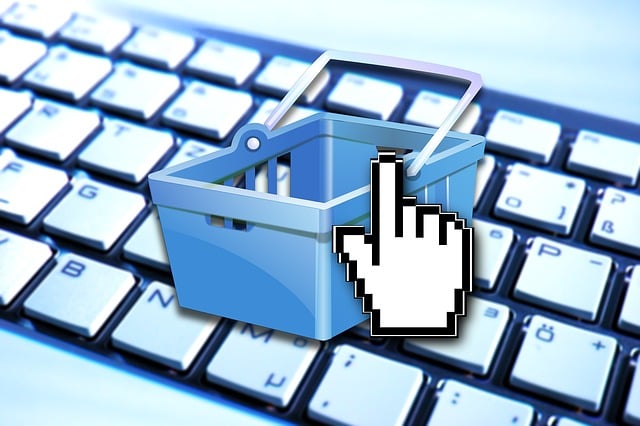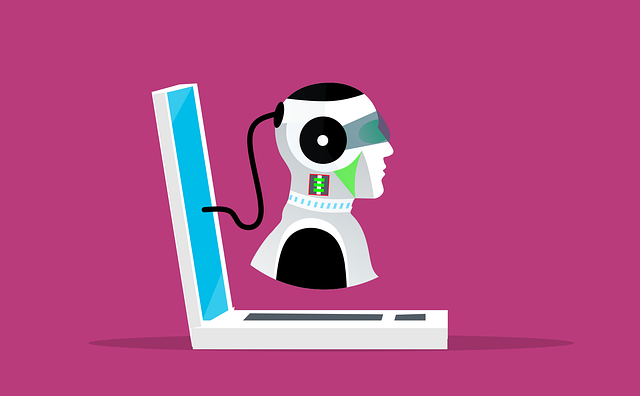Chatbot automation tools harness AI and NLP to automate tasks, enhance customer engagement, and track KPIs in real-time. Seamlessly integrating with systems, these dashboards offer personalized experiences through continuous learning from user interactions. Ecommerce businesses benefit from quick insights into consumer behavior and campaign effectiveness, while AI analyzes patterns for predictive recommendations. User-friendly interfaces, regular training, seamless integration, and robust data security ensure optimal success.
In today’s digital landscape, tracking key metrics is crucial for any business seeking to optimize its operations. Chatbot automation tools have emerged as powerful assets, offering dynamic dashboards that facilitate real-time data monitoring. This article explores the synergy between chatbot automation tools and metric tracking, delving into strategies for effective implementation within customizable dashboards. By understanding these tools’ capabilities, businesses can harness their power to gain valuable insights, drive decision-making, and achieve operational excellence.
- Understanding Chatbot Automation Tools
- Implementing Metrics Tracking within Dashboards
- Benefits and Best Practices for Success
Understanding Chatbot Automation Tools

Chatbot automation tools have emerged as a powerful way to streamline business processes and enhance customer interactions. These AI-powered solutions enable companies to automate repetitive tasks, such as answering frequently asked questions, scheduling appointments, or providing product recommendations, thereby improving efficiency and freeing up human resources for more complex responsibilities. By leveraging natural language processing (NLP) and machine learning algorithms, chatbot automation tools can understand user queries and deliver accurate responses in real time.
Understanding chatbot automation tools involves grasping how they integrate with existing systems and adapt to evolving customer needs. These tools often come equipped with customizable dashboards that provide a comprehensive view of key performance indicators (KPIs), allowing businesses to track metrics like conversation volume, response accuracy, user satisfaction scores, and more. AI agents within these chatbots can learn from each interaction, continuously improving their ability to handle a wide range of customer inquiries and fostering a seamless, personalized experience for end-users.
Implementing Metrics Tracking within Dashboards

Implementing Metrics Tracking within Dashboards leverages the power of chatbot automation tools to streamline and visualize key performance indicators (KPIs). These innovative solutions integrate seamlessly with existing business intelligence platforms, enabling real-time monitoring of customer interactions, sales trends, and marketing campaigns. By utilizing AI-driven chatbots, companies can automate data collection processes, ensuring accuracy and efficiency.
Ecommerce AI and chatbot marketing strategies benefit immensely from this integration as it allows for quick insights into consumer behavior and campaign effectiveness. AI automation further enhances the process by analyzing patterns, predicting outcomes, and providing actionable recommendations. This level of sophistication ensures that business decisions are data-driven and tailored to optimize performance, ultimately driving growth and improving customer satisfaction.
Benefits and Best Practices for Success

Implementing chatbot automation tools dashboards for metric tracking offers a multitude of benefits. These include enhanced operational efficiency, as chatbots can promptly gather and process data, providing real-time insights that were previously laborious to obtain manually. This leads to faster decision-making processes and improved strategic planning for businesses. Moreover, AI-powered sales chatbots and agents can offer 24/7 customer support, ensuring client queries are addressed promptly and consistently, thereby boosting customer satisfaction and retention rates.
To ensure success with chatbot automation tools, best practices include keeping dashboards user-friendly and intuitive, offering clear visual representations of data for easy interpretation. Regular training and updates for AI agents are crucial to maintain accuracy and adapt to changing market trends. Additionally, integrating these tools with existing systems seamlessly is vital for accurate tracking and analysis. Businesses should also prioritize data security and privacy measures when employing such technologies to protect sensitive customer information.
Chatbot automation tools dashboards offer a powerful way to track metrics, providing valuable insights and data visualization. By implementing these tools effectively, businesses can streamline operations, make informed decisions, and optimize their strategies. The benefits are clear: improved efficiency, enhanced customer experiences, and better performance measurement. Embracing best practices, such as defining key performance indicators (KPIs), ensuring data accuracy, and promoting user-friendly interfaces, will contribute to the success of your chatbot automation journey, making it a game-changer in today’s digital landscape.
